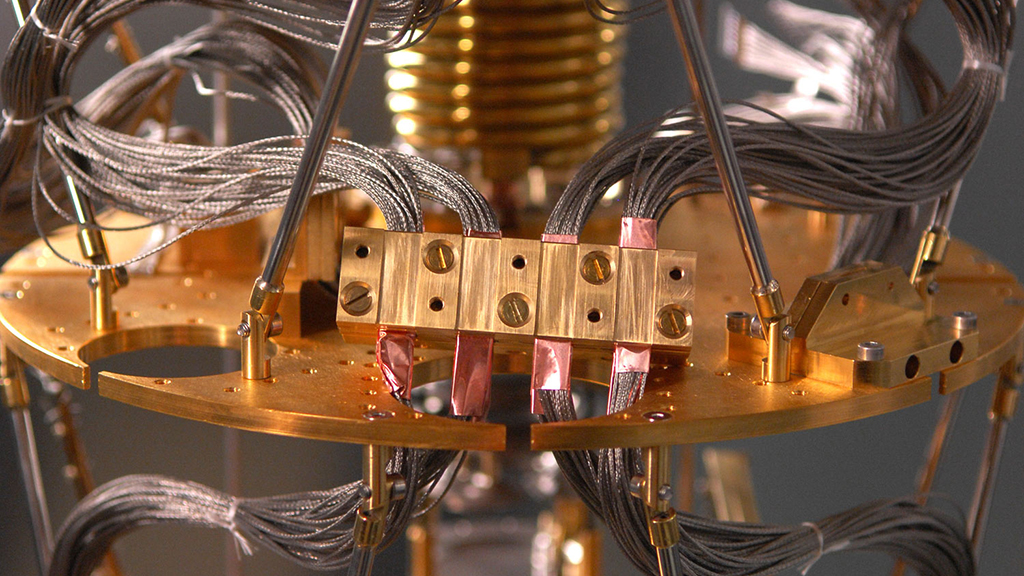IBM brings us even closer to a working quantum computer
Errors no longer a problem

IBM has overcome two key obstacles in its quest to build a working quantum computer that will be central to its future computing plans.
Big Blue demonstrated that it has become the first company to produce simultaneous error detection of the two quantum errors and created a design that makes its quantum computer highly scalable.
When it comes to error detection it has solved a problem that has plagued the sector for a number of years and means that its machine can detect and measure the bit-flip and phase-flip quantum errors at the same time.
In the design department it has devised a four quantum bit circuit in a lattice structure that allows more qubits to be added at any time. Google has employed a similar approach that sees qubits arranged in rows, the only difference being that the "linear" approach doesn't allow both types of errors to be detected at the same time.
$3 billion plan
"While quantum computers have traditionally been explored for cryptography, one area we find very compelling is the potential for practical quantum systems to solve problems in physics and quantum chemistry that are unsolvable today. This could have enormous potential in materials or drug design, opening up a new realm of applications," said Arvind Krishna, senior VP and director of IBM Research
The advances being made in the quest for a workable quantum computer are being made as part of the $3 billion (about £1.75 billion, or AU$ 3.20 billion) that IBM pledged to invest in research and development over the next five years from July 2014.
Are you a pro? Subscribe to our newsletter
Sign up to the TechRadar Pro newsletter to get all the top news, opinion, features and guidance your business needs to succeed!